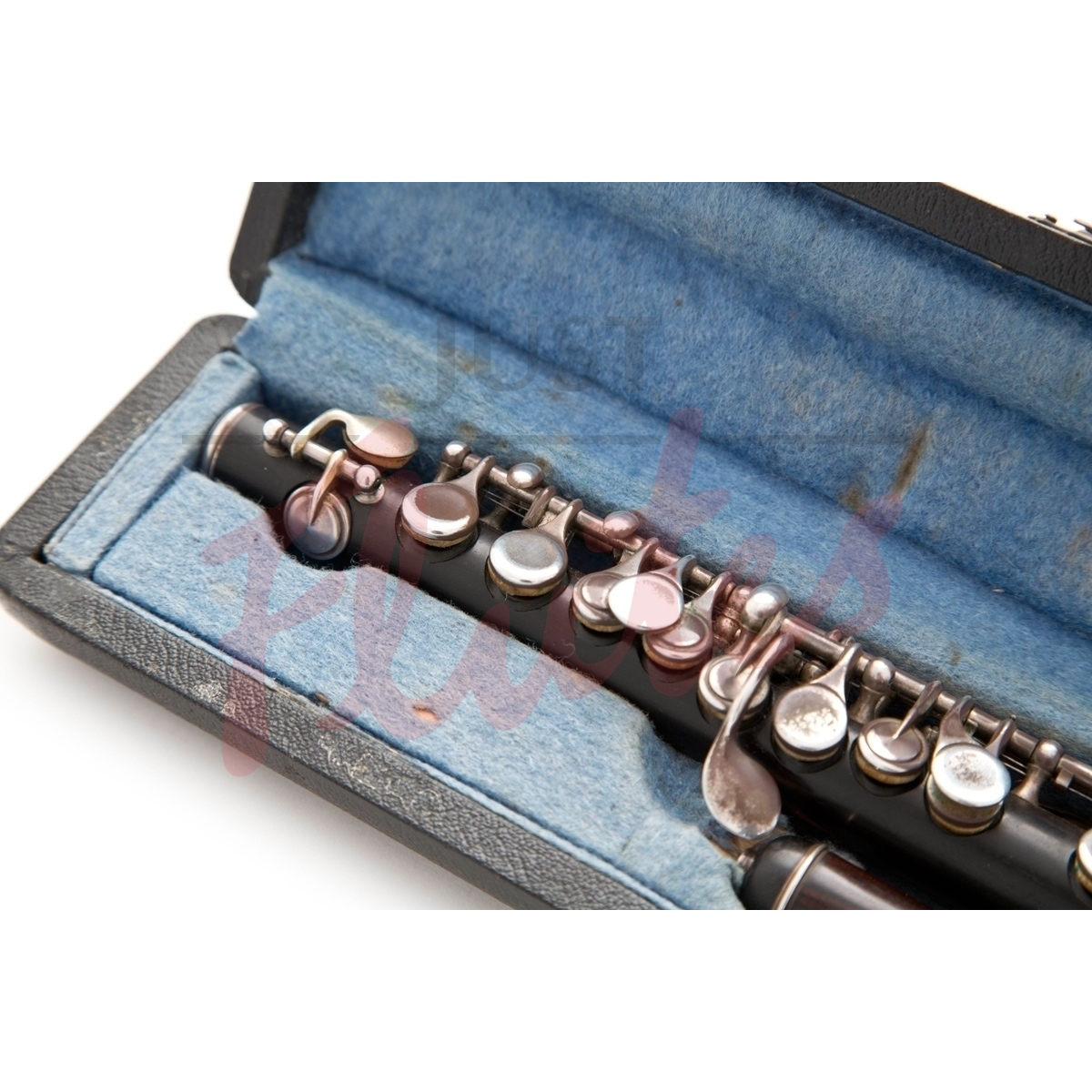Rudall Carte Serial Numbers Flute Clip
Robert Bigio wrote the following report on this flute, based on the Rudall, Carte record. Tell is that they added a fifth digit to the serial number to indicate. Just wondering if there were flute players out there using Rudall & Rose flutes as their regular session instrument? Does your R&R or R&R Carte have a serial number?
The early logbooks of the Rudall (Rose, Carte, & Co.) company are lost, making exact dating of flutes made before 1869 somewhat speculative. Robert Bigio sheds much light on the company in his Rudall, Rose, & Carte but does not suggest specific dates for many early instruments. The following lists provide reasonable estimates for dating these flutes. Dates, Names, & Addresses Date Company Name Address 1838 Rudall & Rose 1 Tavistock 1847 Rudall & Rose 38 Southampton by 1851 Rudall, Rose, & Co.
38 Southampton early 1852 Rudall, Rose, & Carte 38 Southampton July 1852 Rudall, Rose, & Carte 100 New Bond 1854 Rudall, Rose, Carte, & Co. 100 New Bond by 1855 Rudall, Rose, Carte, & Co.

20 Charing Cross by 1872 Rudall, Carte, & Co. 20 Charing Cross 1878 Rudall, Carte, & Co. Aeneid stanley lombardo pdf file. 23 Berners St.
Metal Cylindrical Flutes Metal flutes with serial numbers use a letter code for the number, based on the word MUSICTRADE, where M=1, U=2, S=3, and so forth. Flutes built before about 1855 do not have numbers, though some pre-1855 flutes that later passed through the company for resale were given serial numbers at that time. The phrase “Council and Prize Medals” is included on Carte 1851 model flutes made after about 1852 (flutes of the 100 New Bond period and beyond).
Boehm and Rockstro models are not given this marking. Some 1867 models have this marking. Flutes with large foot holes appear around 1863 in response to the very large foot holes offered by Clinton in the 1862 London Exhibition.
Flutes with all large holes appear about the same time and were marked 'Rockstro's Model' from 1864 on (according to Rockstro). Early examples of flutes marked 'Rockstro's Model' may not have serial numbers (see, for example, Bigio p. 180, left side). Points of Reference.
Serial numbers do not appear before mid-1854 as shown by a flute without serial number in an original case dated June 19, 1854 (Bigio p. The first gold flute was made in 1856 and a gold flute number I.E. (40) is mentioned in Bigio p.
3 which may be the first, or nearly the first, gold flute. If so, then serial numbers started no later than 1855, the year of the Paris Exhibition. (106) is in an original case dated Feb.
Serial Numbers Nero
(505) was made in late 1868 (Bigio p. Estimated metal flute serial numbers (beginning of each year): 1855: 1 (M.) 1856: 13 (M.S.) 1857: 25 (U.C.) 1858: 38 (S.A.) 1859: 51 (C.M.) 1860: 64 (T.I.) 1861: 77 (R.R.) 1862: 90 (D.E.) 1863: 103 (M.E.S.) 1864: 181 (M.A.M.) 1865: 259 (U.C.D.) 1866: 337 (S.S.R.) 1867: 415 (I.M.C.) 1868: 493 (I.D.S.) 1869: 531 (C.S.M.) Assuming production levels were roughly the same before and after 1855 (13/year), then approximately 90 additional cylindrical flutes without serial numbers were built between late 1847 and the end of 1854. Pre-1862 production levels were, then, roughly equivalent to that of Boehm, who produced 155 flutes by mid-1862. After 1862, metal flute production increased to about 78/year through 1867, declining to 38/year in the early 1870’s, 28/year in the late 1870’s, and 14/year in the mid-1880’s. Wood Cylindrical Flutes Cylindrical wood flutes continue the same sequence of Arabic numerals that started with conical Boehm flutes. Almost no cylindrical wood flutes were made before 1862. Carte system conical wood flutes were numbered in a separate series starting c.
Points of Reference. No. 274 conical Boehm appears to be a Rockstro design, from c. 1854 (Bigio p. 192; see also no. 271, DCM 0438).

377 uses an unusual G# design, introduced by Louis Lot in 1860. Rudall flutes based on Lot and Godfroy designs generally appear a year to two after their French counterparts, so a date of 1862 is plausible. 411, old system, has all large holes and is marked 'Rockstro’s Model', so must date from 1864 or after (per Rockstro). The mechanism appears to be an early example of this model, perhaps from 1864 or 1865. Robert Bigio lists no. 356 for the beginning of 1869 but the logbook for that year includes a full listing of all stock on hand (including used flutes), so no. 477 of 1870 provides a more accurate guide for dating.
Free Serial Numbers

Estimated conical Boehm and cylindrical wood flute serial numbers (beginning of each year): 1854: 274 1855: 286 1856: 299 1857: 312 1858: 325 1859: 338 1860: 351 1861: 364 1862: 377 1863: 389 1864: 402 1865: 415 1866: 427 1867: 440 1868: 452 1869: 465 1870: 477 The production rate of somewhat less than 13/year in the period before 1870 increased to 24/year in the early 1870’s, 50/year in the late 1870, and 98/year in the mid-1880’s; roughly doubling every five years. Combined wood and metal cylindrical flute production was roughly 13/year from 1855 to 1862 (almost all of these silver), 91/year from 1862 to 1868, 62/year in the early 1870’s, 78/year in the late 1870’s, and 112/year in the mid-1880’s. Written by Gary Lewis © 2013.